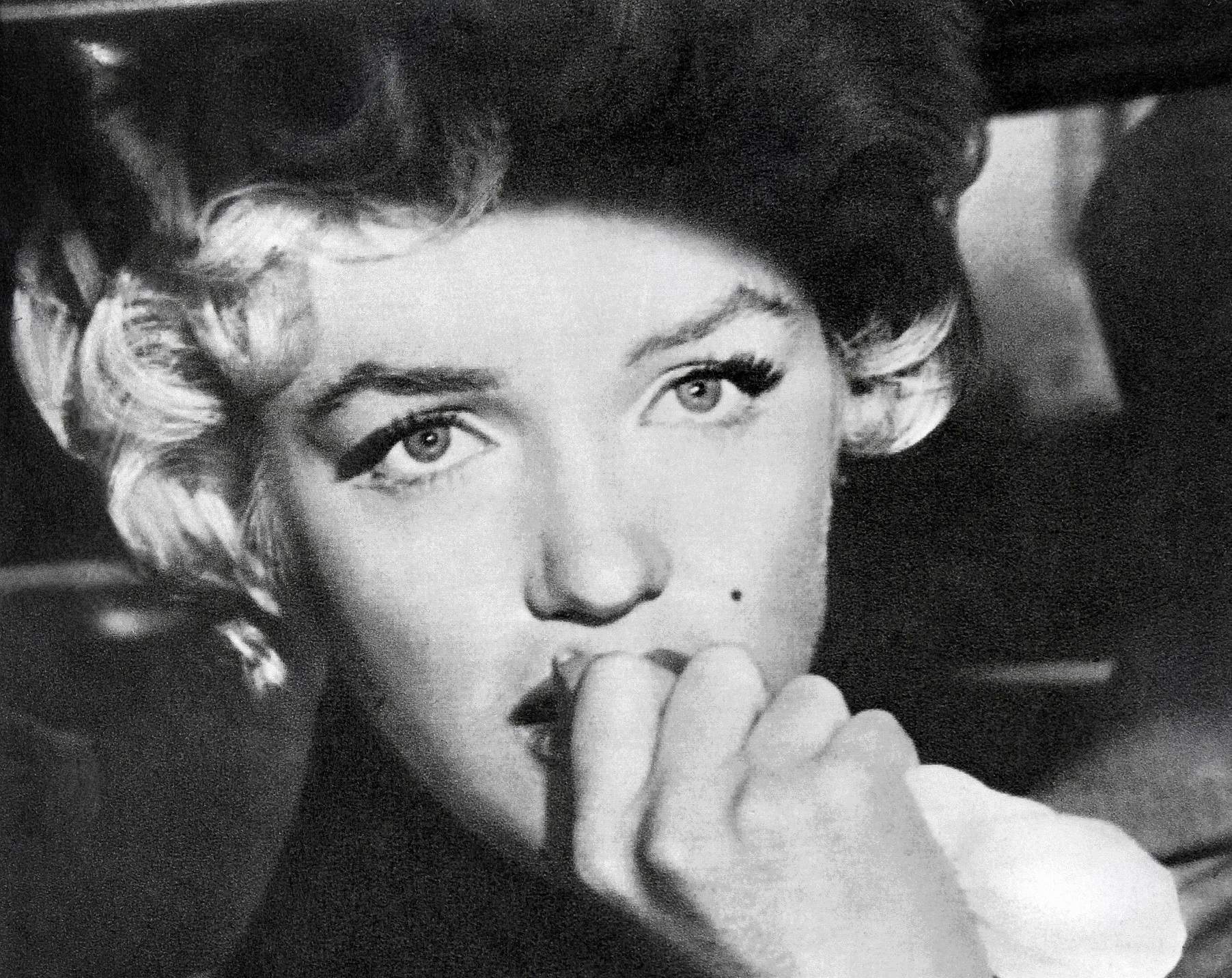
Despite having been dead for 52 years, Marilyn Monroe has landed a job that many contemporary actresses would kill for: she has been hired as the new “face” of Max Factor. “We are thrilled to announce that glamour icon Marilyn Monroe is our new Global Ambassador!” the cosmetics company announced on social media to a decidedly mixed response.
Given the nature of an ambassadorial role, one might assume Monroe to be an impractical choice but, thanks to technology, death is no longer an obstacle when it comes to advertising. If anything, it’s an asset. In Forbes’ annual list of top-earning deceased celebrities Monroe ranked number 6, bringing in $17m last year for Authentic Brands Group, who own the rights to her image.
Marilyn Monroe in the 2011 Dior campaign
Nor is this Monroe’s first posthumous appearance for a beauty brand. She was resurrected in 2011, along with Grace Kelly and Marlene Dietrich, to star in a Dior perfume advert. Similarly, Audrey Hepburn, who died 22 years ago this month, could recently be seen scoffing chocolate in an advert for Galaxy, (somewhat incongruously, given her famously svelte figure).
Audrey Hepburn advertising Galaxy chocolate
However, this trend for using long-dead actresses to front campaigns aimed at female consumers is at best tasteless and at worst insidious.
If still alive today Monroe, Hepburn and Kelly would all have been in their 80s. Dietrich would have been 113. But the images seared into public consciousness – and proliferated by advertisers – are of these women at their aesthetic peak. The same, youthful photographs are continuously recycled on social media (sometimes emblazoned with a wrongly-attributed inspirational quotation), in print and online, effectively reducing Marilyn et al to the status of cartoon characters.
While Monroe was 36 when she died, meaning there are no photographs of her as an older woman, Kelly and Hepburn were 52 and 63 respectively when they passed away. You wouldn’t know it from a cursory image search online though – the results are mostly photographs of both women in their 20s and 30s. In fact, the first image of Hepburn looking visibly older comes via a Reddit post titled “’Cause people seem to only post the 20-something Audrey Hepburn”. One commenter replied: “I honestly assumed she died in her twenties because I’ve never seen a picture of her any older.”

Audrey Hepburn photographed in Amsterdam on 24 April 1990, when she was 60. Photo: Archive/AFP/Getty Images
This confusion is beneficial to brands whose customers have grown increasingly savvy to digital manipulation. Adverts with contemporary actresses and models have lost their impact because we know (or, at least, suspect) that the women they display have been cut, plucked and starved into perfection even before the retoucher has taken to them with his Adobe toolkit.
Conversely, we have a habit of romanticising golden age Hollywood as a more honest time, when women were voluptuous and technology was not advanced enough to airbrush pictures. In truth, little has changed. Monroe had a chin implant and nose job; whispers of anorexia have long been attached to Hepburn (let’s put it this way, she certainly wasn’t binging on Galaxy chocolate bars). And the National Portrait Gallery’s excellent 2011 exhibition, Glamour of the Gods, revealed that airbrushing was rife. One print of Irene Dunne featured scribbles on her forehead where she had been marked for retouching. Another series of images showed Joan Crawford: in one picture she has freckles and forehead lines, in another they’re gone.
Moreover, while retouching a contemporary actress or model is futile when a paparazzo is around every corner ready to give the lie to their billboard, there is no chance of Hepburn or Monroe being papped at their local newsagents looking saggy or, even worse, doing something inappropriate or illegal that could reflect negatively on the brands they are representing.
Dead women are ideal brand ambassadors: compliant, submissive and easily manipulated, both figuratively and digitally. Thus it is unsurprising that Max Factor’s slogan for their new campaign (“From Norma Jean to Marilyn Monroe – created by Max Factor”) not only takes full credit for Monroe’s make-over but eliminates any agency Marilyn might have had in her own transformation. Luckily, she isn’t alive to argue otherwise.
Sometimes, of course, the women are themselves complicit in the ruse, sacrificing their contemporary selves in order to preserve the idealised image we have of them. In her 80s Dietrich, by then a recluse, agreed to participate in Maximilian Schell’s documentary about her but refused to be filmed, instead agreeing only to audio interviews so that she would only be remembered as she was at the peak of her career. Similarly Bettie Page, also in her 80s, was happy to license her pin-up image to lingerie and adverts but refused to be photographed at signings. “I want to be remembered,” she told the LA Times, “as I was when I was young and in my golden times.”
While some companies have headed in the opposite direction – last year L’Oreal hired Helen Mirren, 69, as their global ambassador and this week 80-year-old Joan Didion was revealed as the face of Celine’s latest campaign – there are surely countless other beauty brands waiting for former screen sirens such as Sophia Loren, Catherine Deneuve and Brigitte Bardot to kick the bucket so they can begin exploiting images of them in their prime, without any worry that they might be snapped in the present day to remind unsuspecting consumers that the only real cure for aging is death.





